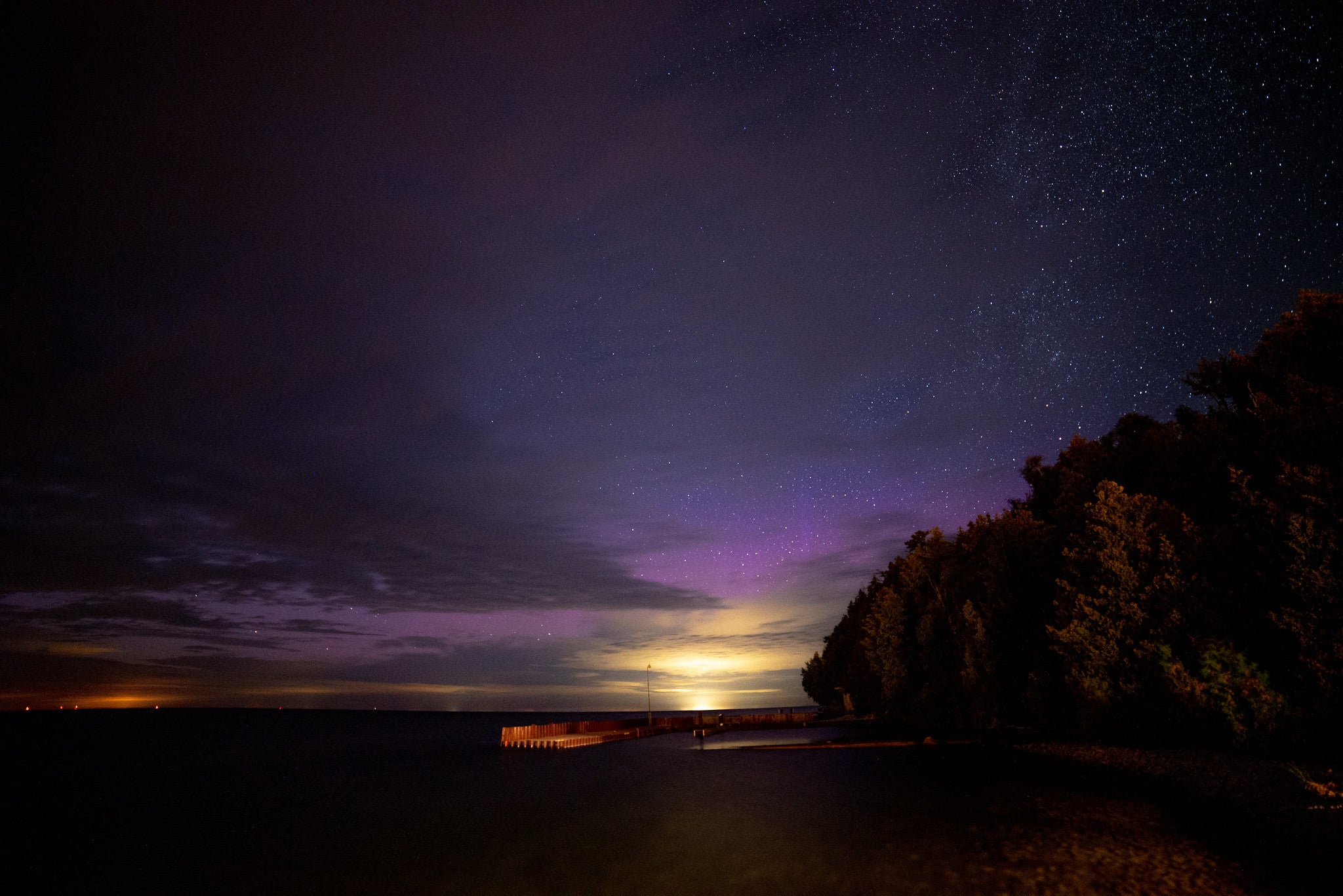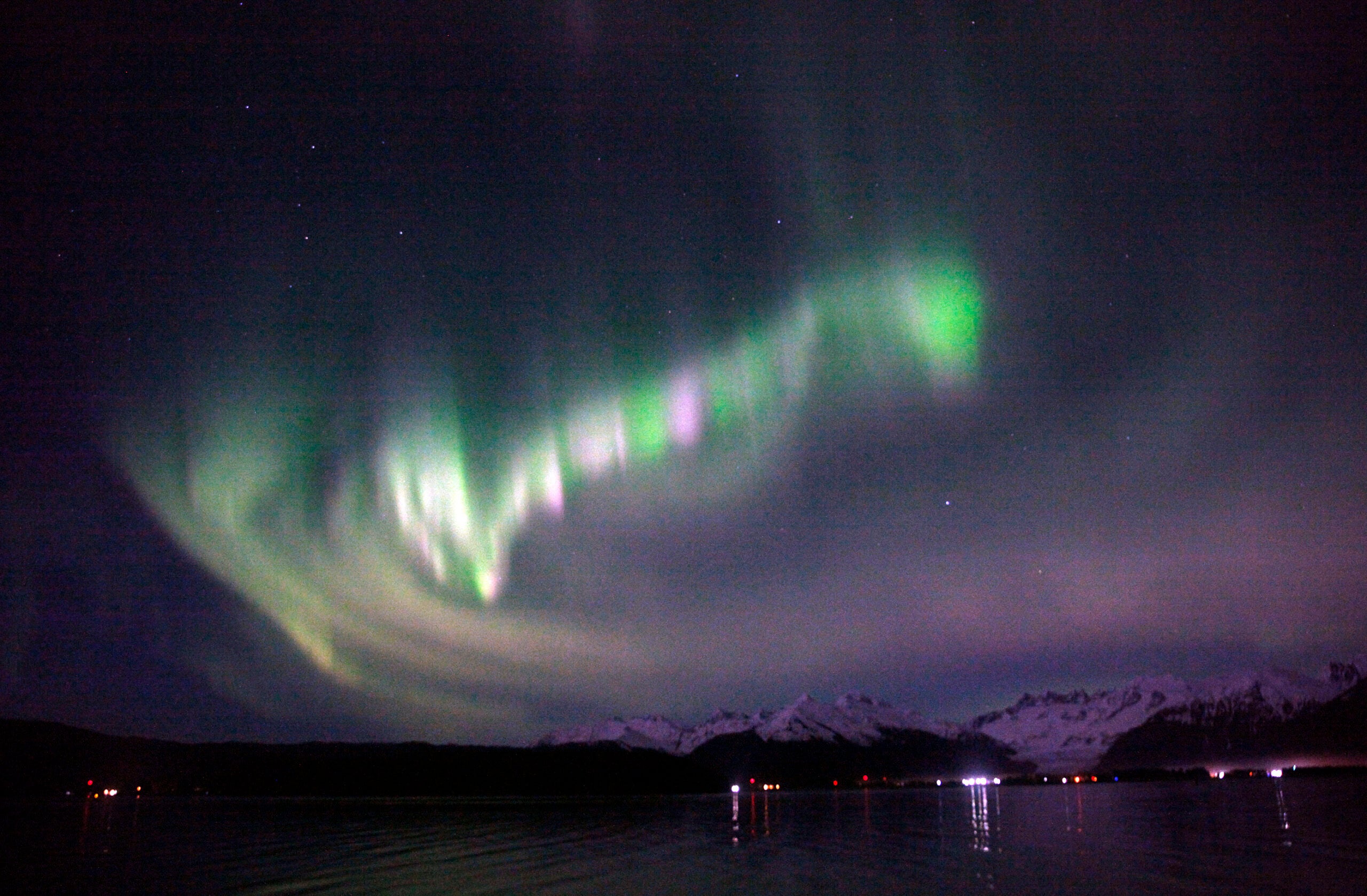You don’t need a telescope — although a good set of binoculars would help — to see a comet, meteor showers, a few of Jupiter’s moons and a galaxy beyond our own, between now and the end of the year.
Fall is a great time for stargazing, amateur astronomer Paul Kinzer told WPR’s “The Larry Meiller Show.”
“The nights are getting longer,” Kinzer said, “and when the dew points are lower, the air is drier and crisper and the stars are brighter.”
Stay informed on the latest news
Sign up for WPR’s email newsletter.
Kinzer, author of “Stargazing Basics: Getting Started in Recreational Astronomy” and a member of the La Crosse Area Astronomy Club, shared nine celestial sights to behold in the coming weeks and months.
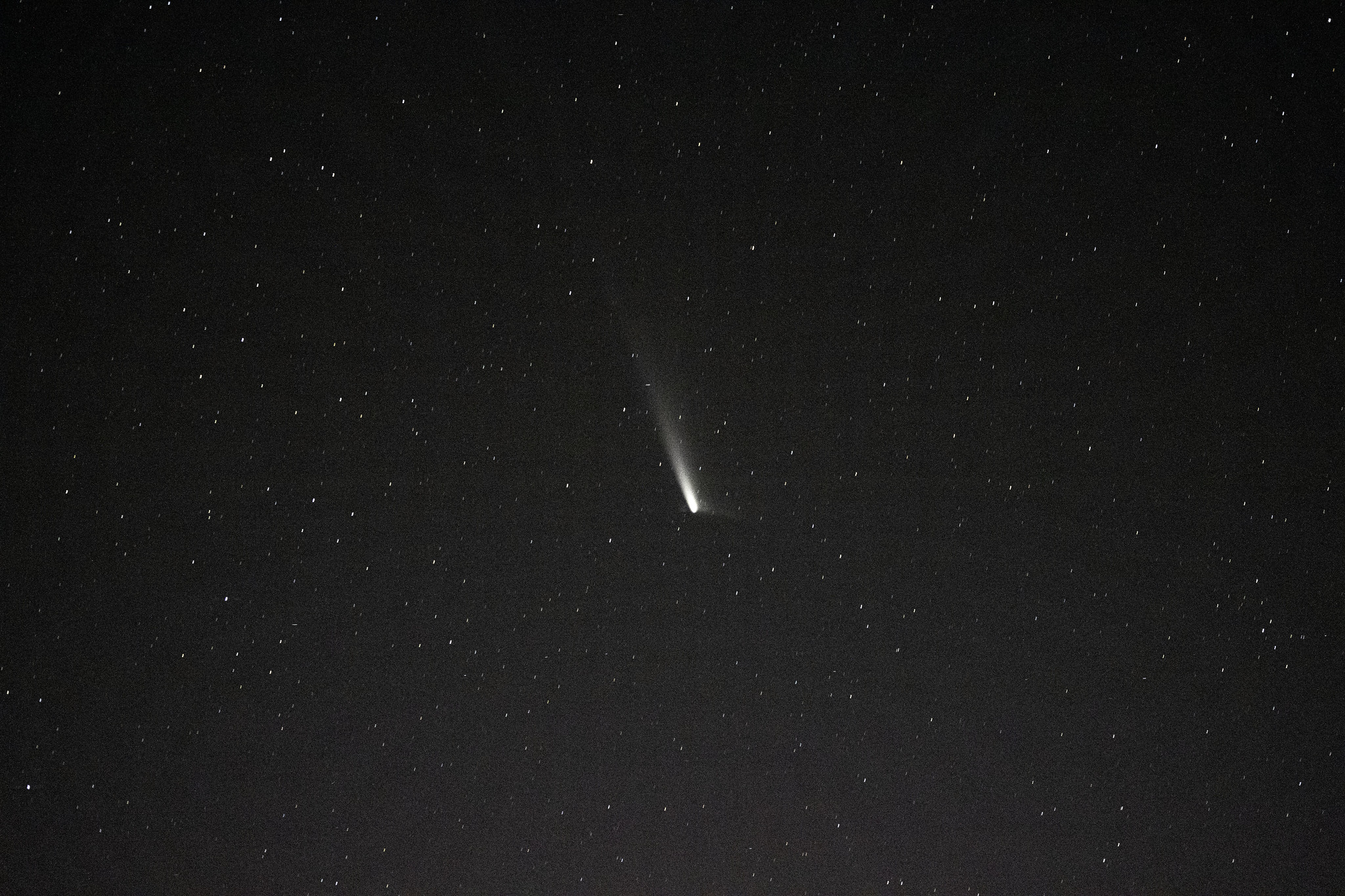
Comet A3
Right now, early in the morning, Kinzer encourages people to find their way to a dark spot, a place unhindered by light pollution.
“Look to the east,” he said. “There’s a comet in the sky.”
By mid-October, with just your eyes, you should be able to see Comet C/2023 A3 Tsuchinshan-ATLAS, also referred to as A3.
Kinzer said the brightness of a comet is difficult to predict.
“Often what happens is comets burn up,” he said.
A3, however, is getting closer to Earth.
“It’s not going to hit us or anything like that. But as it gets closer to Earth, it will get brighter in our skies” right around Oct. 14-24, he said.
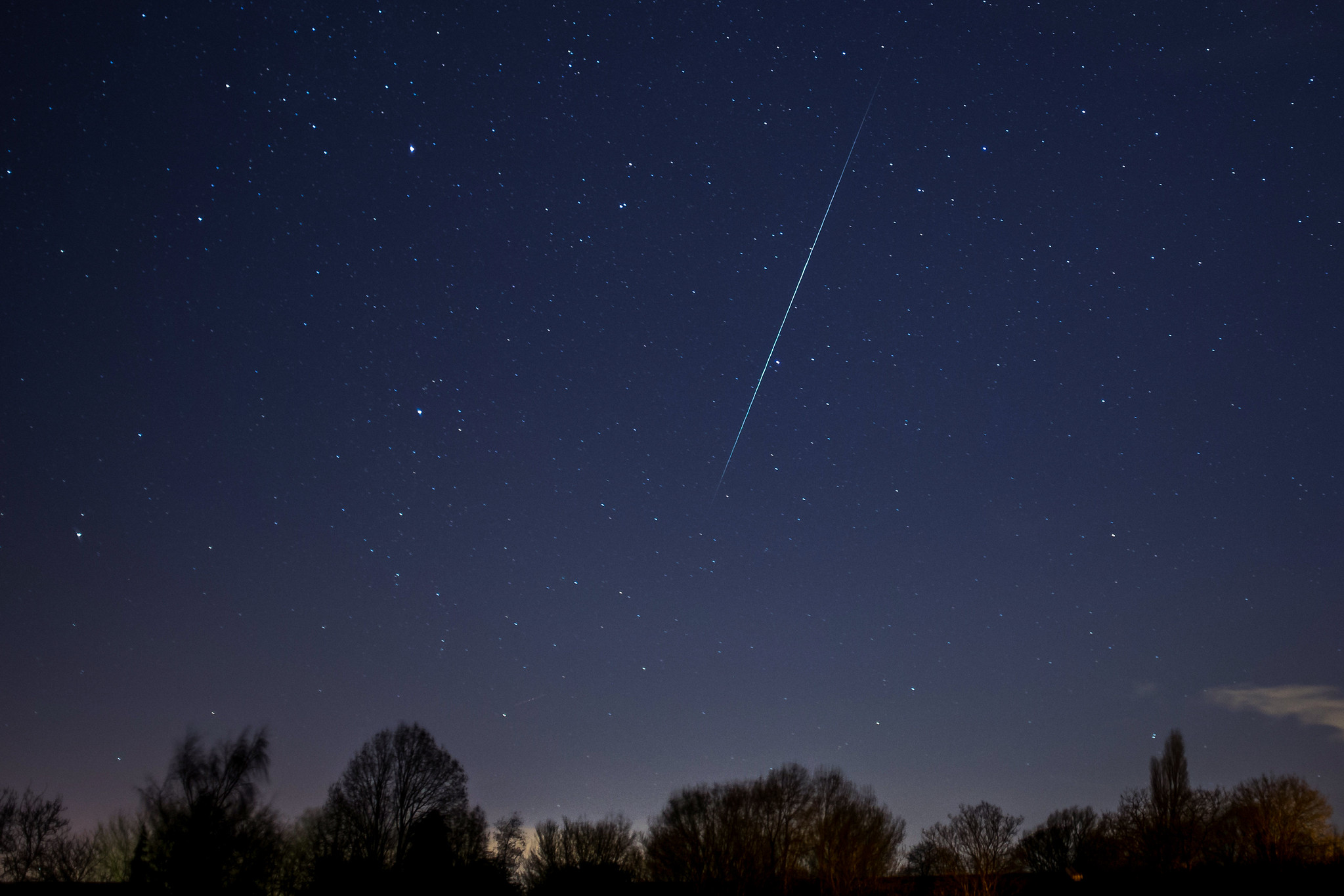
Meteor showers
Meteors are made of the ice and rock left behind by comets. When the Earth passes through such debris, meteor showers result.
“When (that space debris) hits our air, it burns up and leaves streaks of light across the sky,” Kinzer said.
The Geminid meteor shower is expected to peak Dec. 13-14. Unfortunately, a full moon at that same time will make the meteor shower difficult to see.
“The shower will last for weeks, so if you go out on the nights before and after that full moon, you’re likely to see things,” Kinzer said.
This is an occasion when you will be better off not having binoculars or a telescope.
“You don’t want them because you can’t tell where in the sky a meteor is going to appear,” he said, “and they only last a fraction of a second.”
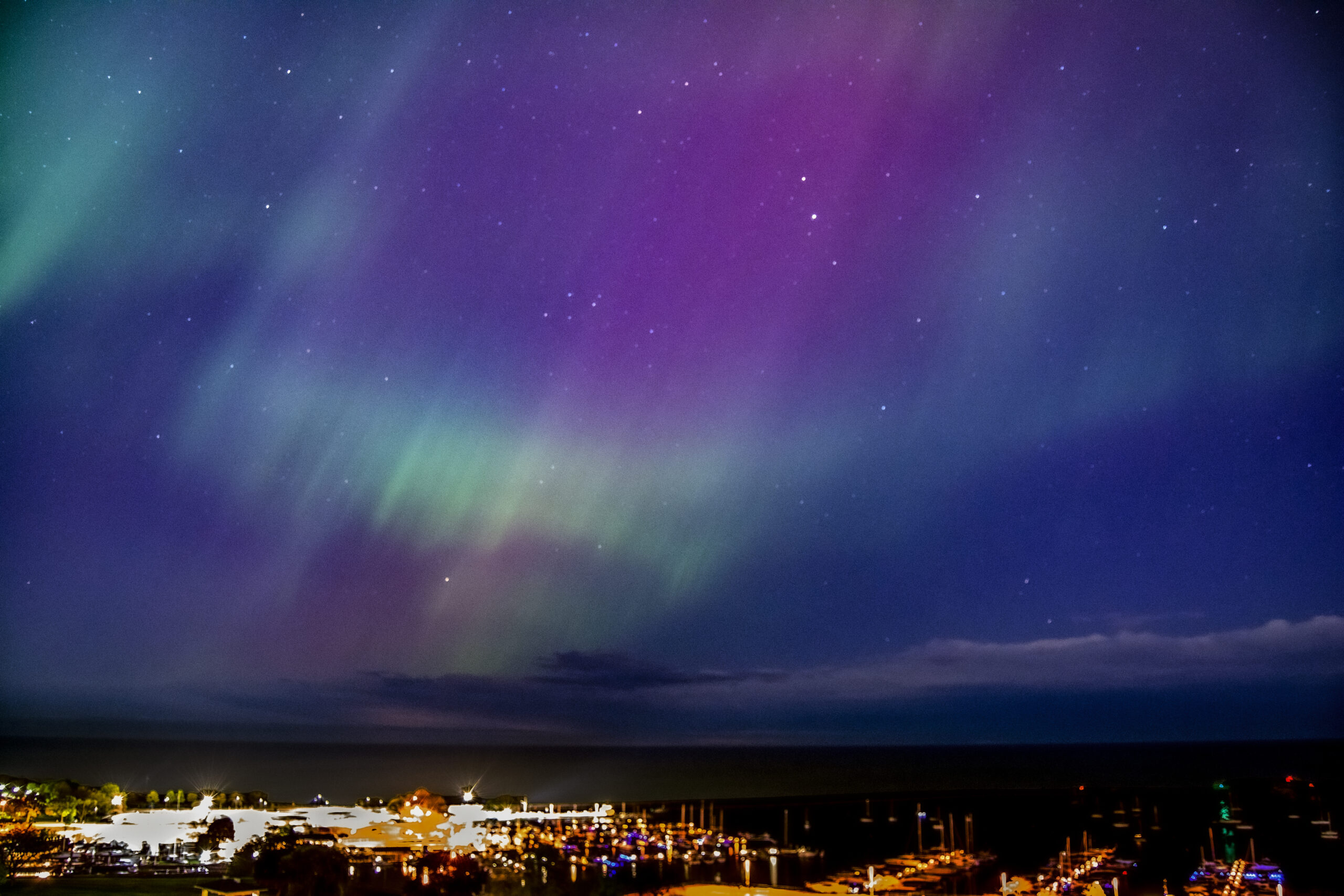
Northern Lights
The Aurora Borealis, or Northern Lights, are especially visible now because activity on the surface of the sun is at its peak.
“Solar storms,” Kinzer said, are “magnetic, electrical, very complicated and weird. And every once in a while, one of them spits some material off the sun. A day or two later, they hit the Earth’s atmosphere, causing the Northern Lights.”
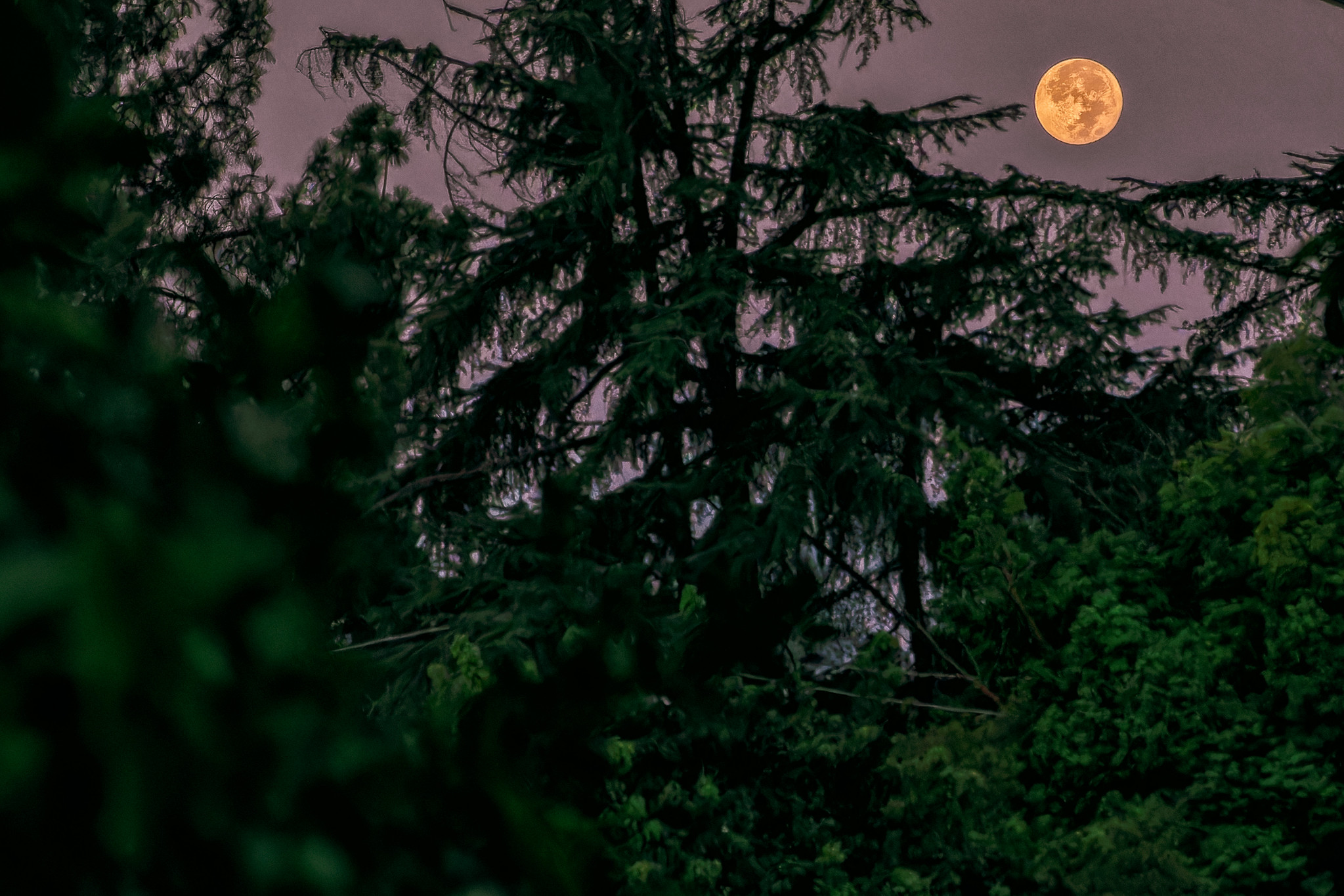
Supermoons
Kinzer said he is less impressed with what some media refer to as a supermoon.
“The supermoon is an idea that was made up by somebody to get clicks,” he said.
Nevertheless, a supermoon occurs when the moon is full, closest to the Earth and looks bigger.
“Not a whole lot bigger,” Kinzer said. “But the moon will be brighter.”
The next supermoons are set to appear Oct. 17 and Nov. 15.
The Blaze Star
T Coronae Borealis (also called T CrB or the Blaze Star) is a recurrent nova — actually two stars feeding off one another almost to the point of exploding.
Every 80 years, T Crb increases in brightness so it can be seen by the naked eye.
A small, hot white dwarf star “is pulling hydrogen from a giant, red star, and every 80 years, that much hydrogen … blows up,” Kinzer said. That is what will be visible in October.
After a few days, it will once again fade away for 80 years, Kinzer said.
“One more reason to look up,” he added.
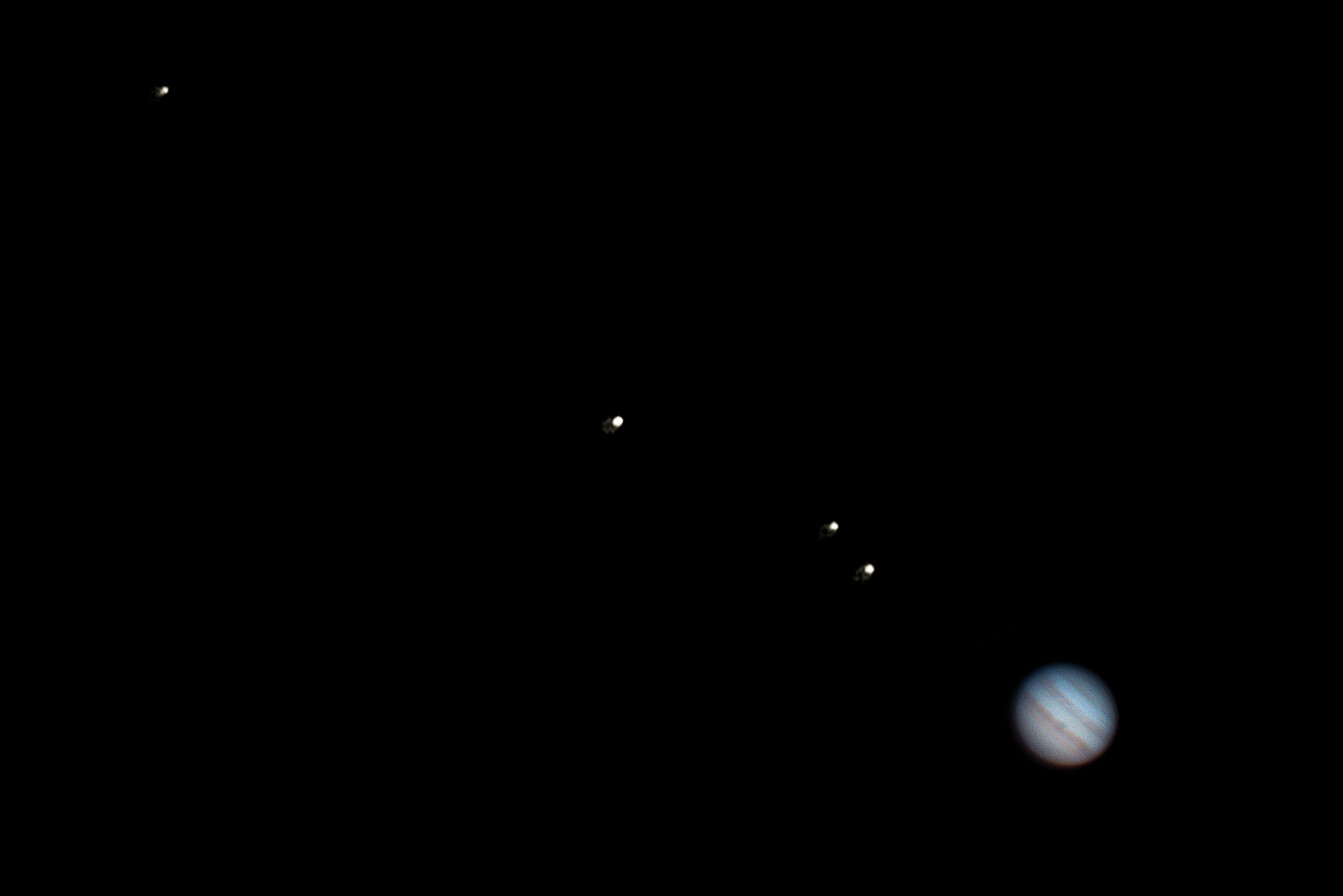
Jupiter and its moons
Kinzer also recommended looking for Jupiter.
“Right now, if you go outside, not too long after it gets dark, Jupiter will be coming up,” he said. “Instead of looking like a star, you can actually tell it’s a little ball. … And even through small binoculars, you can see four of its moons” out of the 95 moons revolving around the largest planet in our solar system.
Kinzer said there are currently two space missions underway to study three of Jupiter’s moons. The Jupiter Icy Moons Explorer, or JUICE, mission launched in April 2023. NASA’s Europa Clipper mission is scheduled to launch Oct. 10. The latter won’t get to Jupiter until 2030 but will beat the slower moving JUICE.
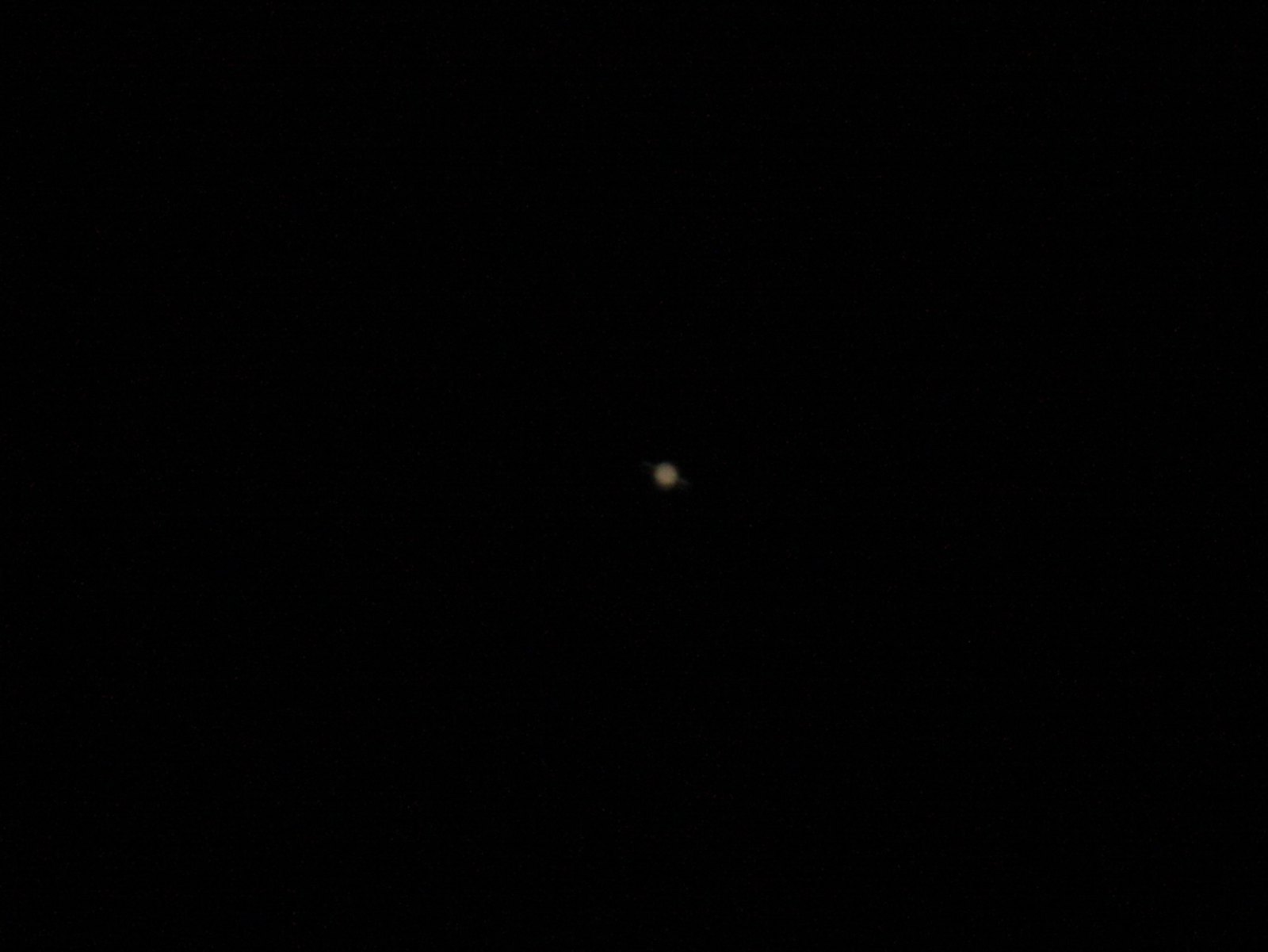
Saturn
NASA is also sending a drone-like rotorcraft to study Titan, Saturn’s largest moon, which is believed to contain organic matter. An eight-bladed rotorcraft named Dragonfly is slated for launch in 2027 to arrive at its destination in 2034.
Saturn is now visible right when it gets dark and will remain so until the end of the year, Kinzer said.
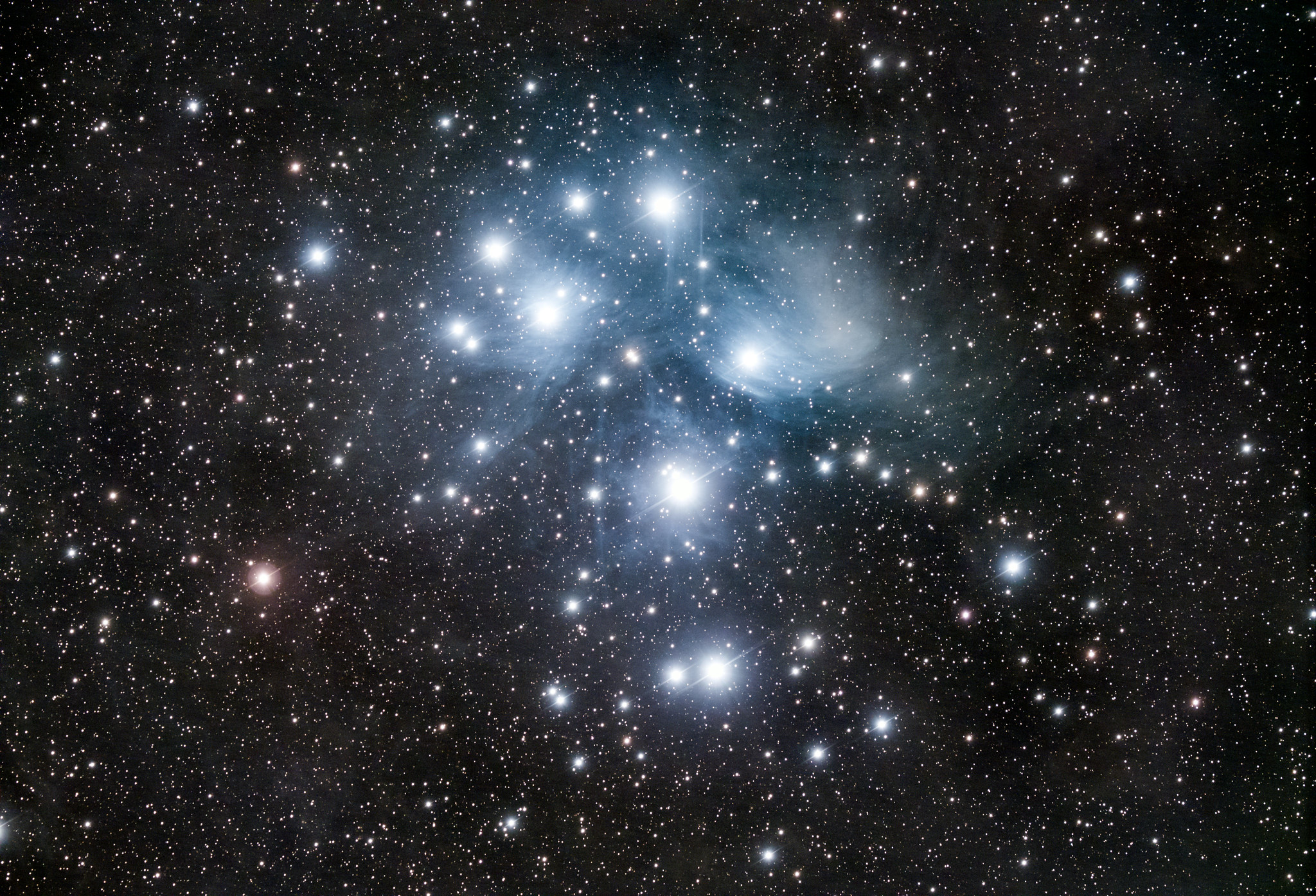
The Pleiades Star Cluster
Also known as Seven Sisters, the Pleiades Star Cluster “rises not too long after dark,” Kinzer said. “By Halloween, it’ll be high enough to see at like 8:30 or 9 p.m. in the eastern sky.”
People can see, without an aid, six to 14 of the stars in the cluster.
“But with a pair of binoculars, you can see dozens of stars, most of them a nice, bright blue,” Kinzer said.
That’s remarkable, because those stars are 430 light years, or 2,500 trillion miles, away.
“If you look at them tonight, the light you’ll see will have left them just a few years before the telescope was invented,” he said. “That’s pretty cool to me.”
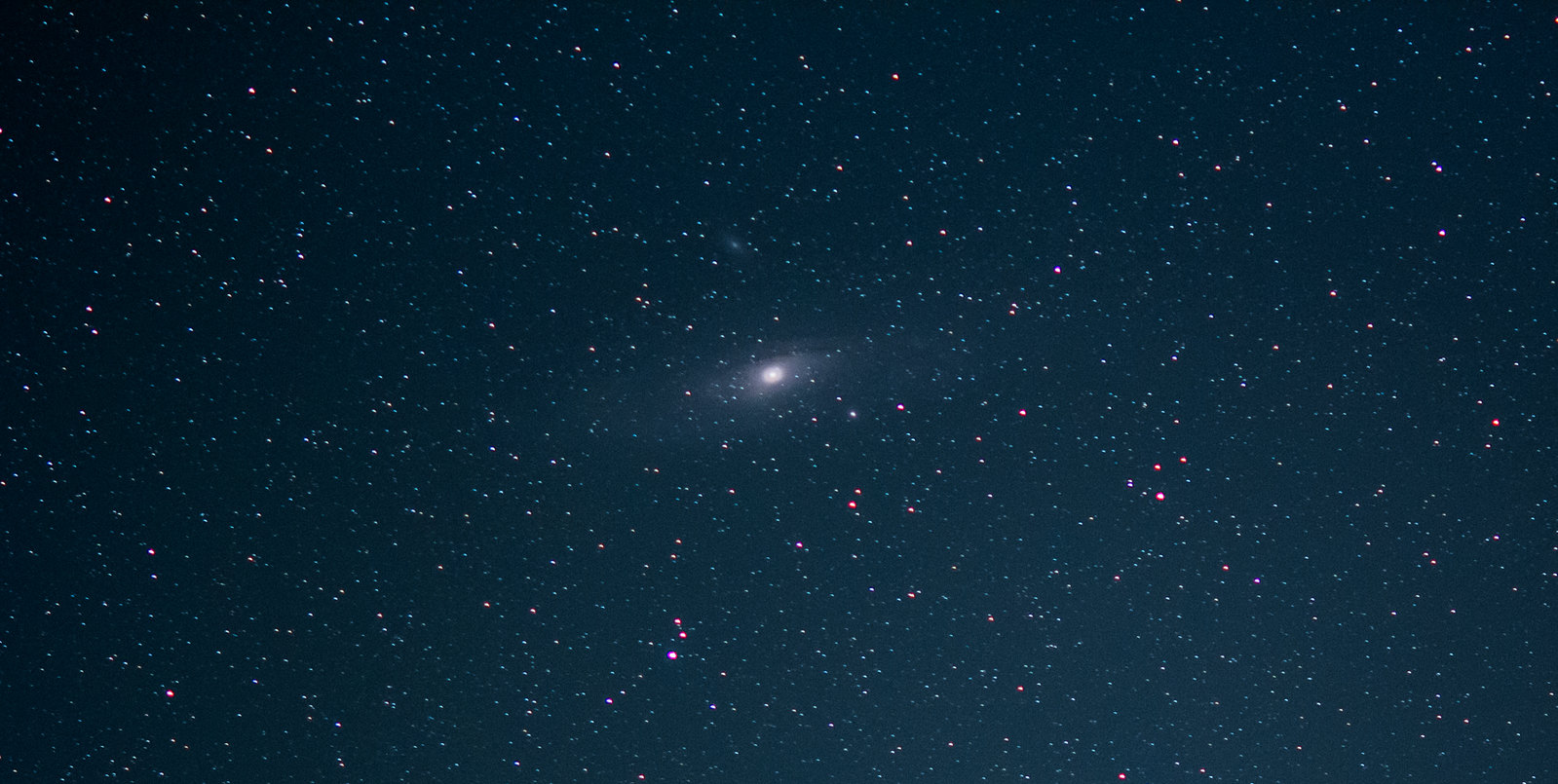
Andromeda Galaxy
Even more difficult to comprehend is the distance from Earth to the Andromeda galaxy — the next closest, large galaxy to our Milky Way.
“I can see (Andromeda) from my backyard” in Galesville, Kinzer said. “A little fuzzy blob can be seen at the center of the nearest big, spiral galaxy to us. And that little fuzzy blob is made up of tens of billions of stars. And the light hitting your eye left those stars two and a half million years ago.”
“There aren’t things that I usually consider mind-blowing, but that’s one,” he added.
